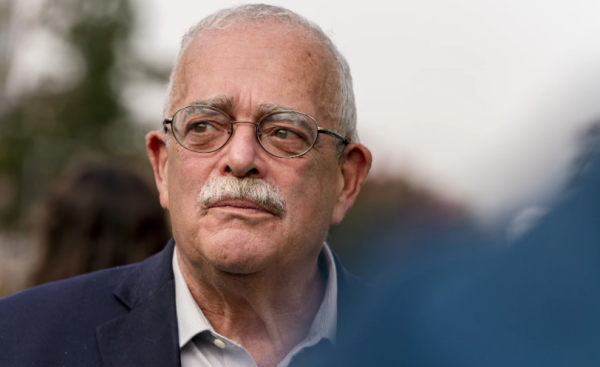Dynamic Democracy: Looking at the French Elections
Photo via Francois Mori/AP Photo
France does their presidential elections slightly differently than the United States. France has their first round of elections with multiple candidates from a multitude of parties. If no single candidate gets over 50% of the vote, the top two candidates with the highest percentage of the votes continue onto the second round of the election, which occurs two weeks later.
During the 2017 elections, both Marine Le Pen and Emmanuel Macron were the two candidates that advanced to the final round. In that round, Le Pen received 33.94% of the vote and Marcon won with 66.06%, becoming the country’s youngest president since Napoleon I, at 39 years old.
History repeated itself for the 2022 Election. Current incumbent and centralist, Emmanuel Macron, won the election with 58.5% of the votes. Extreme right candidate, Marine Le Pen, received 41.5% of the votes, denying France their chance at having their first ever female president.
This contrasts with the U.S. Presidential Election. The 2016 Presidential Election was between Donald Trump, a Republican, and Hilary Clinton, a Democrat. Trump won the election with 306 of the 538 electoral votes.
Despite winning the election with electoral votes, President Trump did not win the majority of the vote. He received 46.1% of the vote to Clinton’s 48.2%. This varies from France’s elections as the French candidate wins based on majority of votes.
While the United States’ approach towards elections is slightly different, they both allow the people to express their views on topics that are important to the individual, and to the country. Democracy comes in many shapes and sizes, but the goal is the same, to let the people choose who they believe will best serve their country.

Co-Editor in Chief Heidi Gilman is a Senior at South Lakes, and is excited to continue her journey working for the Sentinel. She loves to swim and is a...
















